The Importance of Critical Thinking Skills in Education
In today’s information-rich environment, the ability to think critically is more crucial than ever. For librarians and parents of avid readers, nurturing this skill in students can be a transformative endeavor. This curated list of 20 books, designed specifically for developing critical thinking abilities within a Lexile level of 1000-1200, offers an enriching resource for guiding young minds.
The importance of critical thinking for success in standardized exams like the SAT, ACT, and MCAT, as well as the value of reading diverse books across various genres:
“Success is not a random act. It arises out of a predictable and powerful set of circumstances and opportunities.”
“Success is a function of persistence and doggedness and the willingness to work hard for twenty-two minutes to make sense of something that most people would give up on after thirty seconds.”
Malcolm Gladwell
“Once you stop learning, you start dying.”
“It is the supreme art of the teacher to awaken joy in creative expression and knowledge.”
“I never made one of my discoveries through rational thinking.”
“Imagination is more important than knowledge.”
Albert Einstein
These quotes underscore the necessity of critical thinking as a fundamental skill for academic success while highlighting the enriching experience that comes from engaging with a variety of literary genres.
Key Highlights:
- Diverse genres: Non-fiction, literature, memoirs
- Promotes higher-order thinking skills
- Resonates with varying student interests
As students engage with the thought-provoking themes and complex ideas presented in these texts, they will learn to analyze arguments, evaluate evidence, and question assumptions.
These skills are fundamental not only in academic settings but also in everyday life, where the ability to navigate information critically becomes essential for informed decision-making.
Benefits of Engaging with Critical Reading:
- Develops analytical skills for effective decision-making
- Encourages intellectual curiosity
- Fosters discussions around ethics, social issues, and personal growth
This collection emphasizes the importance of reading as a vehicle for deeper understanding. Each book not only contributes to enhancing critical thinking but also invites discussions that enrich students’ educational experiences.
In a world increasingly reliant on technology and information consumption, fostering these discussions within families and school libraries can help students develop confidence in articulating their thoughts.
Here is a thoughtfully created list of 20 books designed to enhance critical thinking skills, categorized by genre, with insights into their pros and cons, as well as how they can aid in developing critical reading.
These selections fall within a Lexile level of 1000-1200, making them appropriate for high school students (grades 9-12) or advanced middle school readers (grades 7-8).
1. “Thinking, Fast and Slow” by Daniel Kahneman
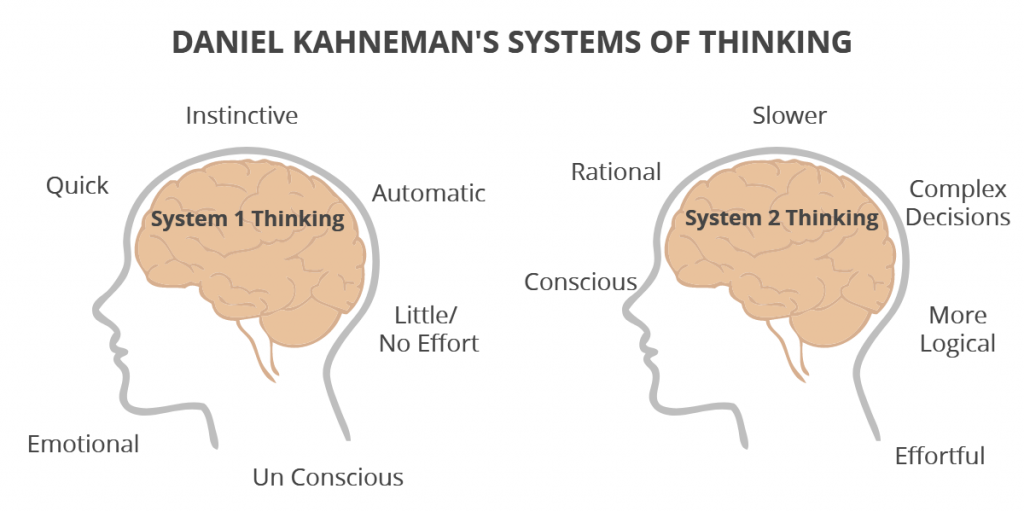
- Genre: Non-fiction / Psychology
- Pros: Offers profound insights into how our minds work, exploring the dual systems of thought.
- Cons: Dense and requires careful reading; may overwhelm some readers.
- Critical Reading Development: Encourages analysis of decision-making processes.
- Grade Level: 11-12
- Areas of Interest: Psychology, economics, decision-making.
- Visual: Two brains, one racing with quick thoughts and the other deep in contemplation.
- Impact: Cultivates decision-making skills essential for high-stakes testing.
2. “The Art of Thinking Clearly” by Rolf Dobelli
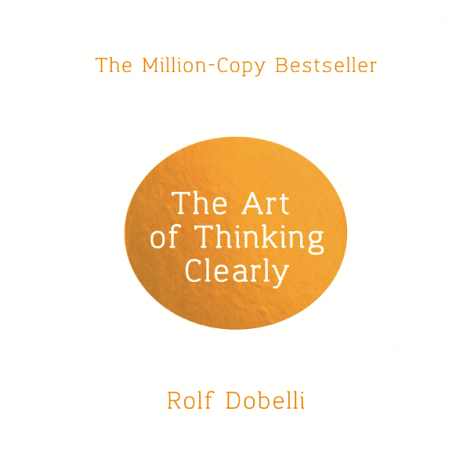

- Genre: Non-fiction / Self-help
- Pros: Provides practical cognitive biases and logical fallacies.
- Cons: Some examples may feel anecdotal rather than systematic.
- Critical Reading Development: Enhances awareness of flawed reasoning.
- Grade Level: 10-12
- Areas of Interest: Psychology, self-improvement.
- Visual: A magnifying glass revealing hidden biases in thought processes.
- Impact: Sharpens awareness of logical fallacies, vital for persuasive essays.
3. “Outliers: The Story of Success” by Malcolm Gladwell
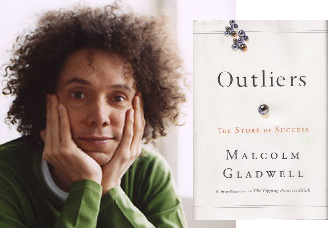
- Genre: Non-fiction / Sociology
- Pros: Engaging storytelling combined with insightful research on success.
- Cons: Some arguments may oversimplify complex issues.
- Critical Reading Development: Encourages questioning traditional notions of success.
- Grade Level: 9-12
- Areas of Interest: Sociology, personal development.
- Visual: A graph depicting success factors with intersecting paths of achievement.
- Impact: Encourages questioning societal norms, fostering innovative thinking.
4. “How to Read Literature Like a Professor” by Thomas C. Foster
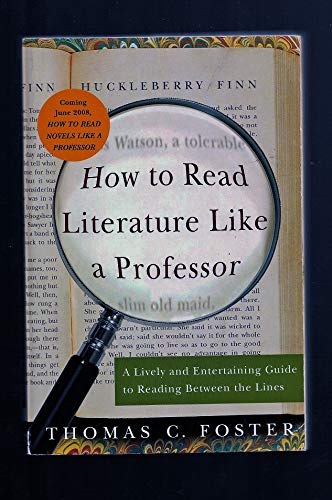
- Genre: Non-fiction / Literary Criticism
- Pros: Accessible guide to understanding literary devices and themes.
- Cons: Some examples may be more relatable for seasoned readers.
- Critical Reading Development: Promotes deeper literary analysis.
- Grade Level: 9-12
- Areas of Interest: Literature, English studies.
- Visual: A puzzle of literary devices coming together to form a complete picture.
- Impact: Enhances analytical skills, crucial for literary analysis in exams.
5. “Freakonomics: A Rogue Economist Explores the Hidden Side of Everything” by Steven D. Levitt and Stephen J. Dubner
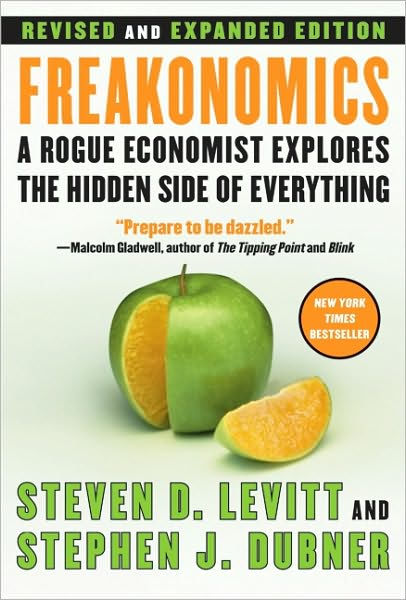
- Genre: Non-fiction / Economics
- Pros: Presents compelling questions about society using economic principles.
- Cons: May require background knowledge in economics to fully grasp concepts.
- Critical Reading Development: Develops analytical thinking through real-world examples.
- Grade Level: 10-12
- Areas of Interest: Economics, sociology.
- Visual: A thought bubble filled with curious economic questions.
- Impact: Develops analytical skills through real-world examples, boosting critical essays.
6. “The Innovator’s Dilemma: When New Technologies Cause Great Firms to Fail” by Clayton M. Christensen
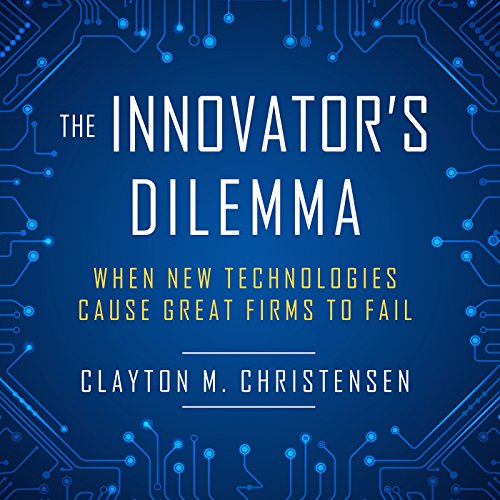
- Genre: Non-fiction / Business
- Pros: Offers insight into innovation and market dynamics.
- Cons: May be challenging for those unfamiliar with business concepts.
- Critical Reading Development: Encourages critical analysis of business practices and innovation strategies.
- Grade Level: 11-12
- Areas of Interest: Business, technology.
- Visual: A light bulb illuminating new ideas while a clock ticks.
- Impact: Fosters critical business analysis, aiding in case studies and presentations.
7. “A People’s History of the United States” by Howard Zinn
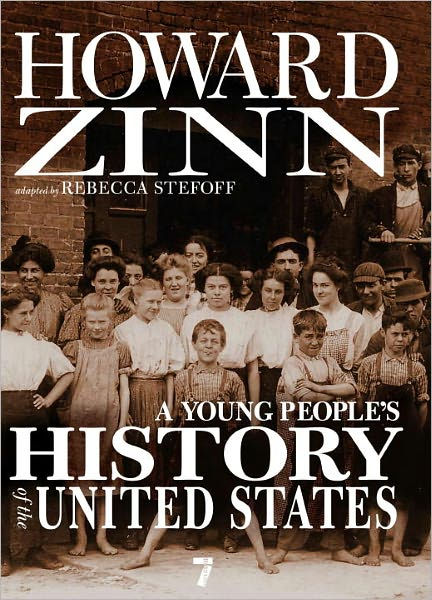
- Genre: Non-fiction / History
- Pros: Provides a unique perspective on American history from marginalized voices.
- Cons: Some may consider it biased or controversial in its interpretations.
- Critical Reading Development: Promotes critical evaluation of historical narratives.
- Grade Level: 10-12
- Areas of Interest: History, social justice.
- Visual: Diverse voices rising from the pages of history books.
- Impact: Promotes critical evaluations of narratives, enriching history assignments.
8. “The Structure of Scientific Revolutions” by Thomas S. Kuhn
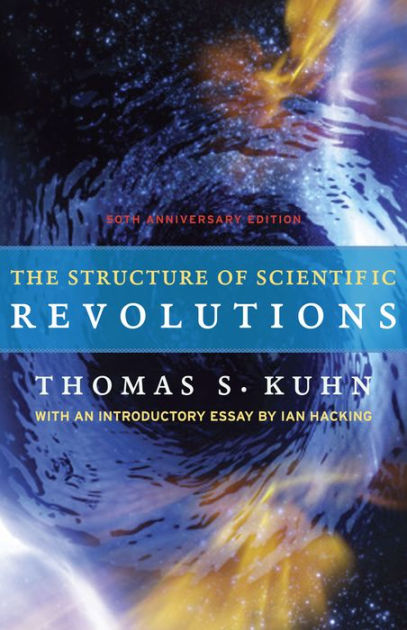
- Genre: Non-fiction / Philosophy of Science
- Pros: Influential ideas about scientific paradigms and progress.
- Cons: Complex language may challenge some readers; requires deep engagement.
- Critical Reading Development: Encourages questioning scientific dogmas and examining theories critically.
- Grade Level: 11-12
- Areas of Interest: Science, philosophy.
- Visual: A spiral staircase representing scientific progress and paradigm shifts.
- Impact: Encourages questioning established theories, vital for science projects.
9. “The Alchemist” by Paulo Coelho
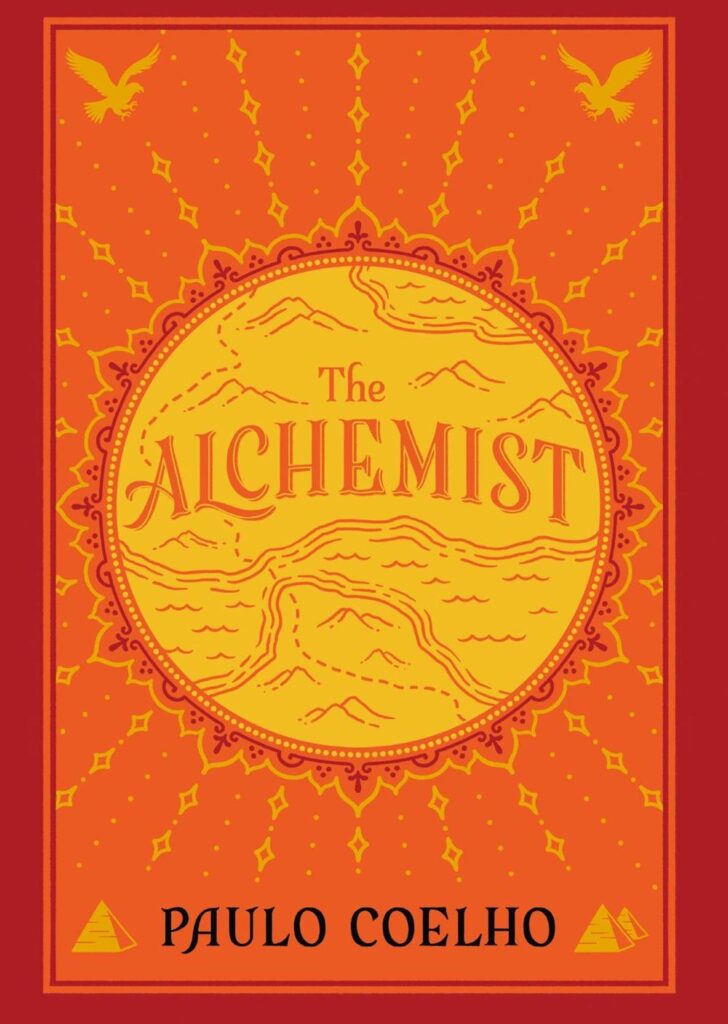
- Genre: Fiction / Philosophy
- Pros: Inspires introspection about personal journeys and dreams; simple yet profound prose.
- Cons: The plot can be seen as simplistic or allegorical rather than literal.
- Critical Reading Development: Enhances understanding of metaphorical language and theme exploration.
- Grade Level: 10-12
- Areas of Interest: Personal development, philosophy.
- Visual: A compass pointing toward dreams and personal journeys.
- Impact: Enhances understanding of metaphorical language, supporting creative writing.
10. “Sapiens: A Brief History of Humankind” by Yuval Noah Harari
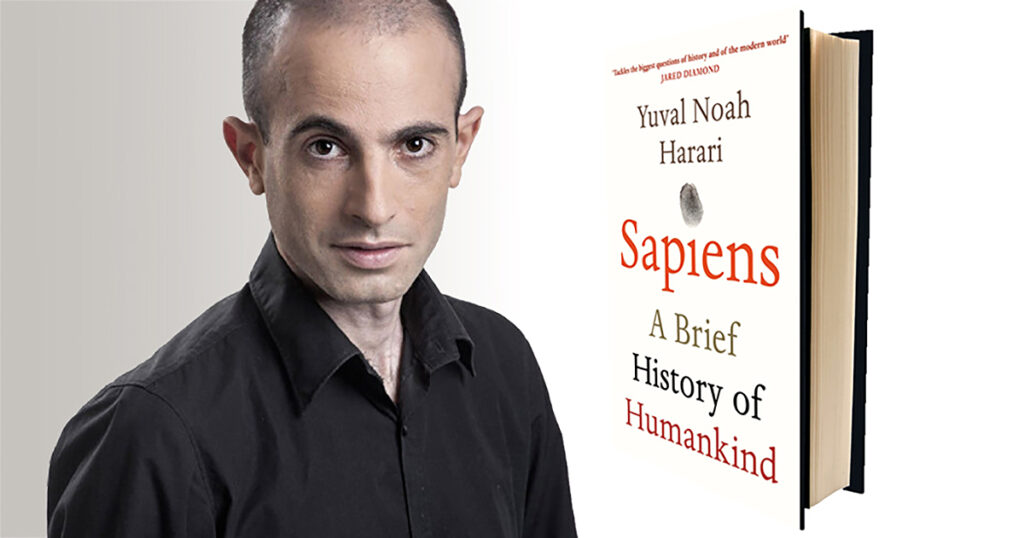
- Genre: Non-fiction / History
- Pros: Broad overview connectiong history with modern human behavior; thought provoking insights
- Cons: May oversimplify complex topics or provoke debate regarding its assertions.
- Critical Reading Development: Promotes critical thinking about human evolution and societal structures.
- Grade Level: 10-12
- Areas of Interest: Anthropology, history.
- Visual: An evolutionary tree branching into modern society.
- Impact: Promotes critical thinking about human behavior and historical context.
11. “Thank You for Arguing” by Jay Heinrichs
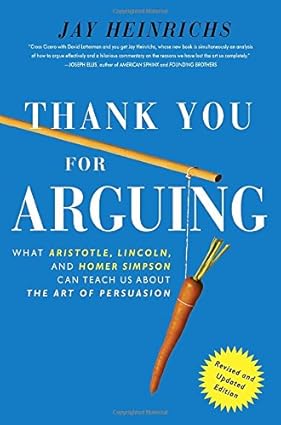
- Genre: Non-fiction / Rhetoric
- Pros: Fun guide to persuasive techniques; practical applications for everyday life.
- Cons: The style may be overly casual for some readers seeking depth in rhetoric studies.
- Critical Reading Development: Sharpens argumentative skills and analysis of persuasion techniques in text and conversation.
- Grade Level: 9-12
- Areas of Interest: Communication, public speaking.
- Visual: A stage where characters engage in persuasive debates.
- Impact: Sharpens argumentative skills essential for presentations and discussions.
12. “The Elements of Style” by William Strunk Jr. and E.B. White
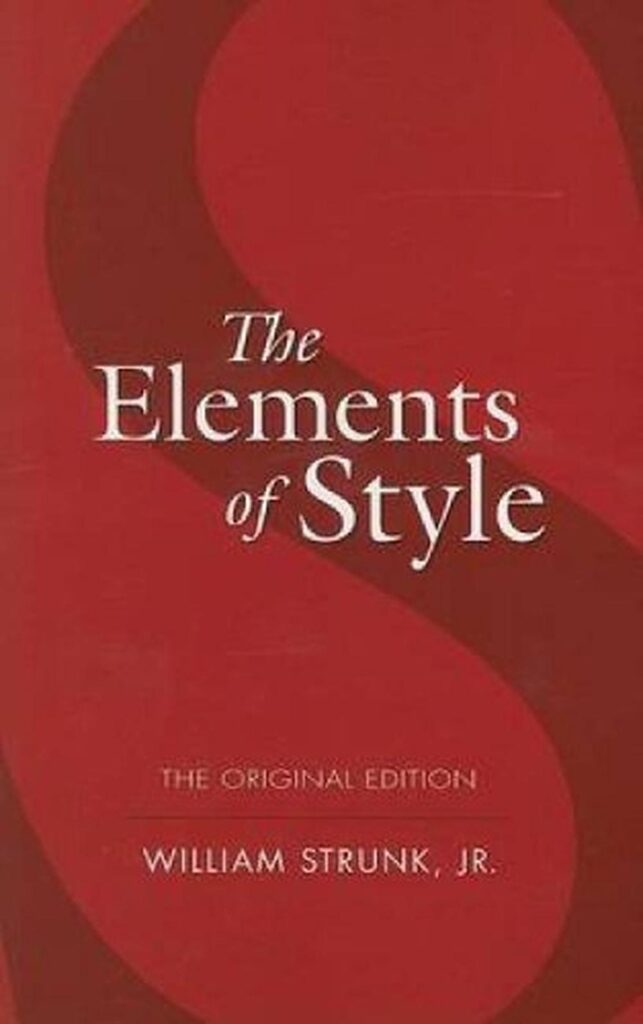
- Genre: Non-fiction / Writing
- Pros: Classic guide to effective writing principles; succinct advice that stands the test of time.
- Cons: Some may find the rules overly prescriptive or outdated in creative contexts.
- Critical Reading Development: Encourages clarity in writing; helps dissect sentence structure for better understanding in reading.
- Grade Level: 9-12
- Areas of Interest: Writing, literature.
- Visual: An artist’s palette filled with vibrant colors representing clarity in writing.
- Impact: Improves writing style, leading to higher grades on papers.
13. “The Tipping Point: How Little Things Can Make a Big Difference” by Malcolm Gladwell
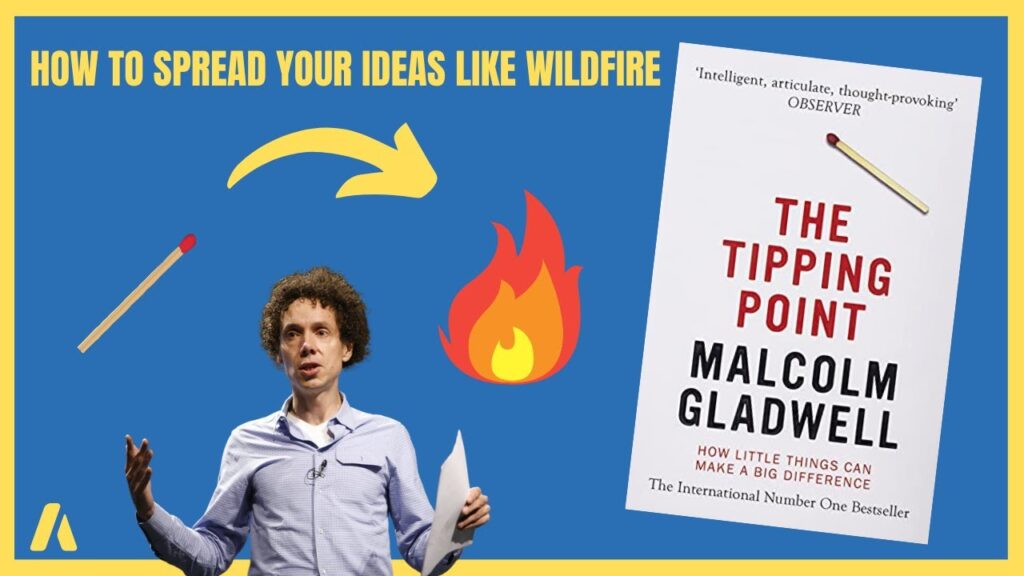
- Genre: Non-fiction / Sociology
- Pros: Engaging exploration into how trends emerge and spread; relatable case studies that stimulate thought.
- Cons: Theories may appear too simplistic when addressing complex social phenomena; selective data interpretation might be an issue for some readers.
- Critical Reading Development: Fosters critical thinking regarding causality in social changes; encourages questioning assumptions about influence.
- Grade Level: 10-12
- Areas of Interest: Sociology, marketing
- Visual: Dominoes cascading to represent social changes triggered by small events.
- Impact: Fosters critical thinking about societal trends, essential for social studies projects.
14. “Made to Stick: Why Some Ideas Survive and Others Die” by Chip Heath and Dan Heath
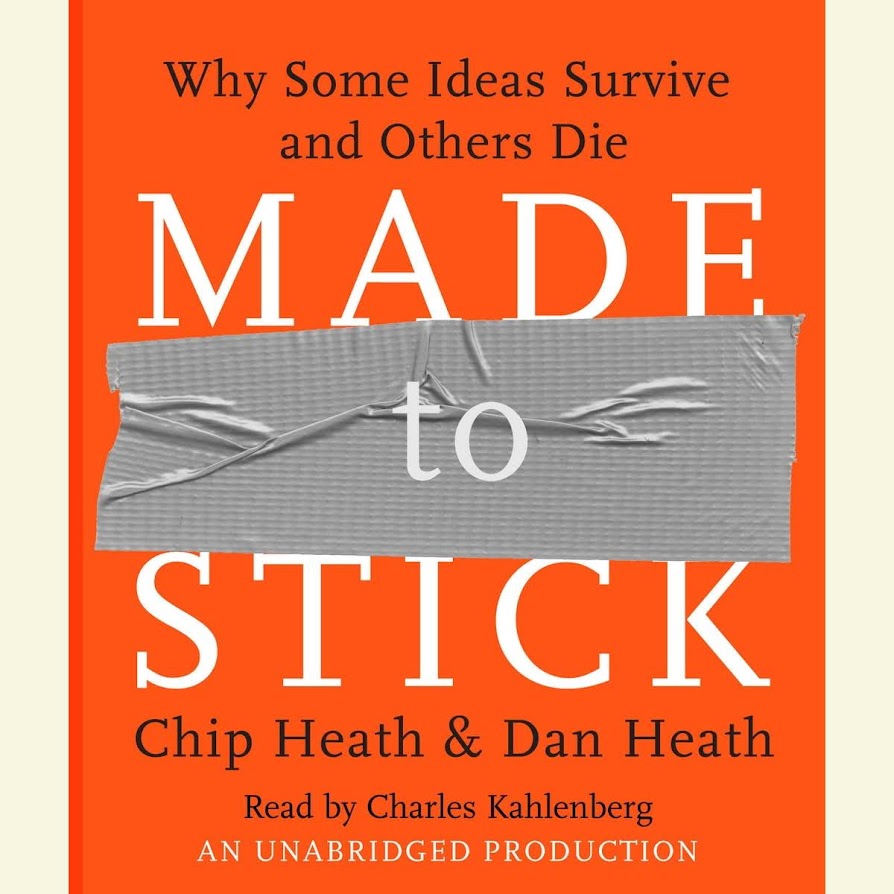
- Genre: Non-fiction / Communication
- Pros: Practical insights into what makes messages memorable; engaging anecdotes help reinforce key concepts in an approachable way.
- Cons: Some examples might feel overly anecdotal rather than academically rigorous; not comprehensive for all aspects of communication theory.
- Critical Reading Development: Enhances comprehension skills through understanding how ideas are conveyed effectively in various contexts; sharpens ability to critique messaging strategies.
- Grade Level: 10-12
- Areas of Interest: Communication, marketing.
- Visual: Sticky notes with bright ideas that resonate with audiences.
- Impact: Enhances comprehension through effective communication strategies.
15. “The Moral Landscape” by Sam Harris
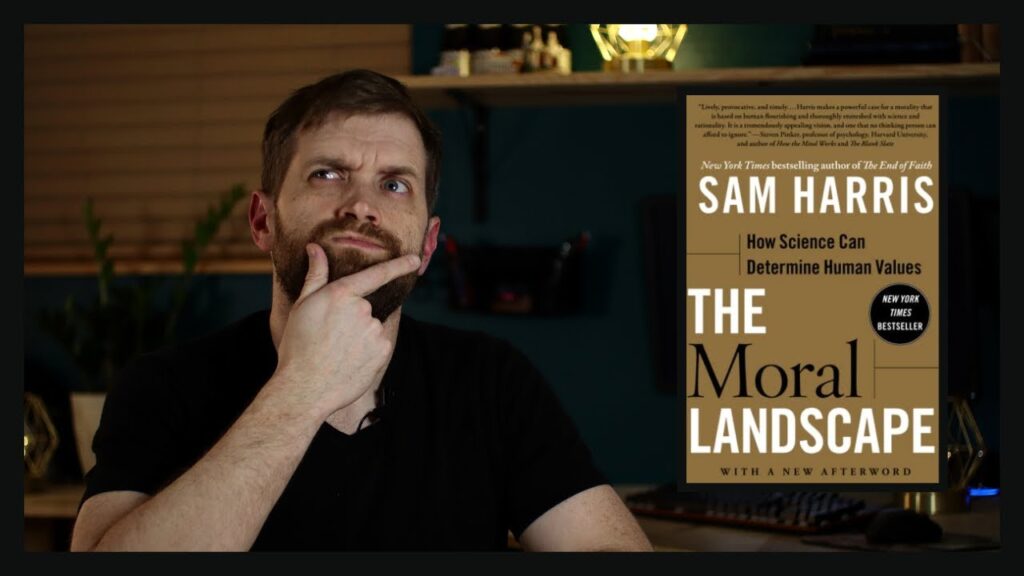
- Genre: Non-fiction / Philosophy/ Ethics
- Pros: Provocative arguments regarding morality’s relationship with science; encourages critical examination of ethics through evidence-based reasoning.
- Cons: The tone can feel polarizing or confrontational to those with differing beliefs on morality.
- Critical Reading Development: Promotes thoughtful discourse on ethical dilemmas while enhancing critical analysis skills when evaluating moral arguments.
- Grade Level: 11-12
- Areas of Interest: Ethics, philosophy.
- Visual: Scales balancing ethics and science under a spotlight.
- Impact: Promotes discourse on morality, enhancing philosophical discussions.
16. “Drive: The Surprising Truth About What Motivates Us” by Daniel H. Pink
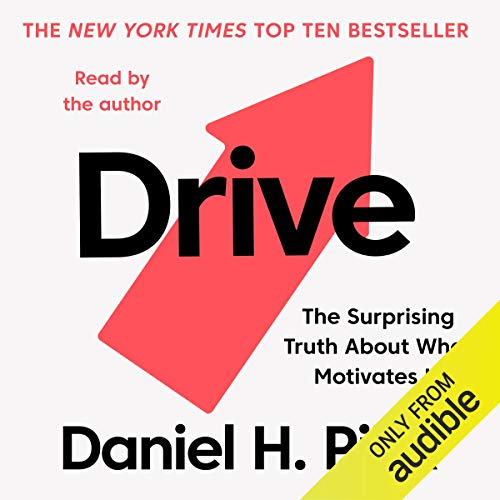
- Genre: Non-fiction / Psychology
- Pros: Fresh perspectives on motivation that challenge traditional views; includes actionable advice for fostering self-motivation.
- Cons: May not resonate with readers who prefer more straightforward approaches to motivation.
- Critical Reading Development: Encourages critical examination of motivational theories while exploring their implications on individual behavior.
- Grade Level: 10-12
- Areas of Interest: Psychology, education.
- Visual: An engine revving with motivation amidst gears of personal growth.
- Impact: Inspires self-motivation essential for independent study habits.
17. “Educated” by Tara Westover
- Genre: Memoir
- Pros: Powerful personal narrative highlighting the transformative power education can have on individuals from unconventional backgrounds.
- Cons: Emotional depth may be challenging for some readers to process; narrative style is personal rather than analytical.
- Critical Reading Development: Encourages empathetic understanding while fostering the ability to draw lessons from diverse experiences.
- Grade Level: 11-12
- Areas of Interest: Education, personal growth.
- Visual: A bridge connecting childhood to the horizon of knowledge.
- Impact: Encourages empathy and resilience through personal stories.
18. “The Power Broker” by Robert A. Caro
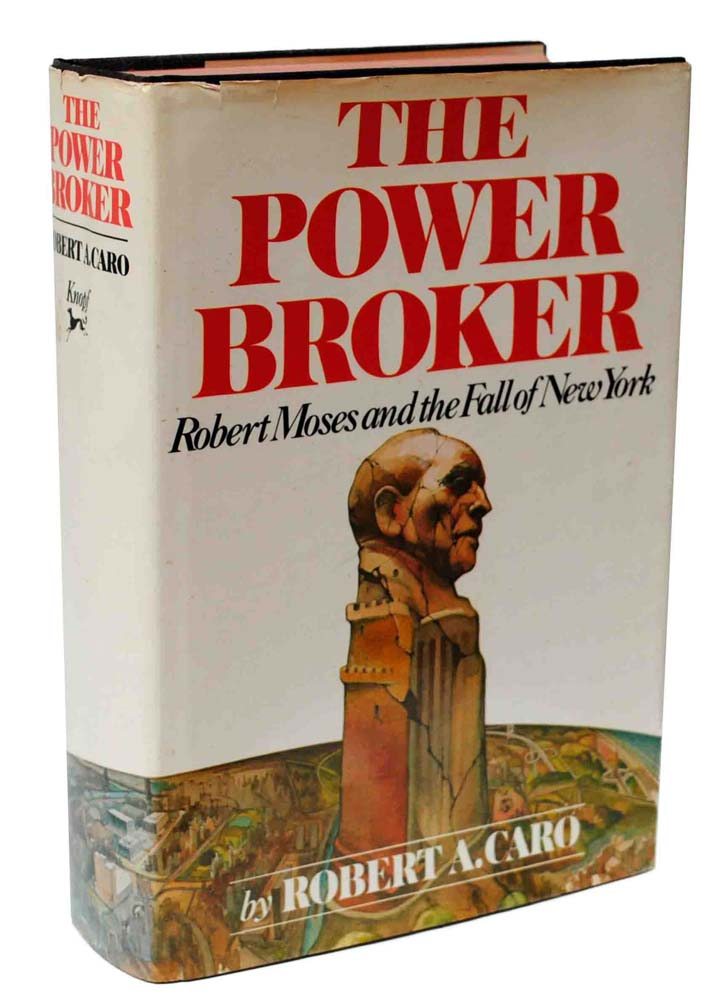
- Genre: Biography/Political History
- Pros: In-depth exploration into urban planning’s impact through the life story of Robert Moses; beautifully written narrative structure captures complexities within politics and power dynamics.
- Cons: Lengthy and detailed chapters may overwhelm casual readers; dense material requires commitment.
- Critical Reading Development: Encourages critical examination into power structures while enhancing analytical reading skills through thorough investigation.
- Grade Level: 11-12
- Areas of Interest: History, politics.
- Visual: An intricate web representing political dynamics and influence.
- Impact: Enhances analytical reading through deep investigation into power structures.
19. “Quiet” by Susan Cain
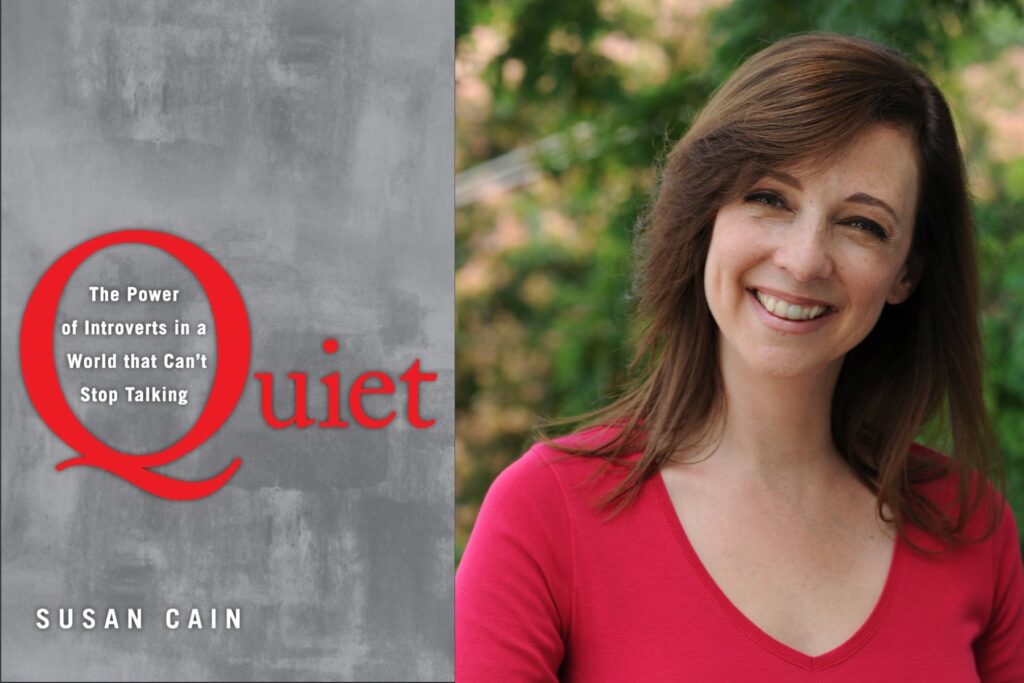
- Genre: Non-fiction/Psychology
- Pros: Illuminates the strengths introverts bring to society; challenges extroverted norms with compelling research findings combined with personal narratives.
- Cons: Some arguments may feel less applicable outside specific contexts (e.g., workplace dynamics).
- Critical Reading Development: Inspires reflective thinking about personality types while improving comprehension through analysis.|
- Grade Level:10-12
- Areas Of Interest: Psychology, social studies.
- Visual: Two contrasting figures—one talking loudly while the other quietly observes.
- Impact: Inspires reflections on personality types crucial for teamwork projects.
20.“Astrophysics for People in a Hurry” by Neil deGrasse Tyson
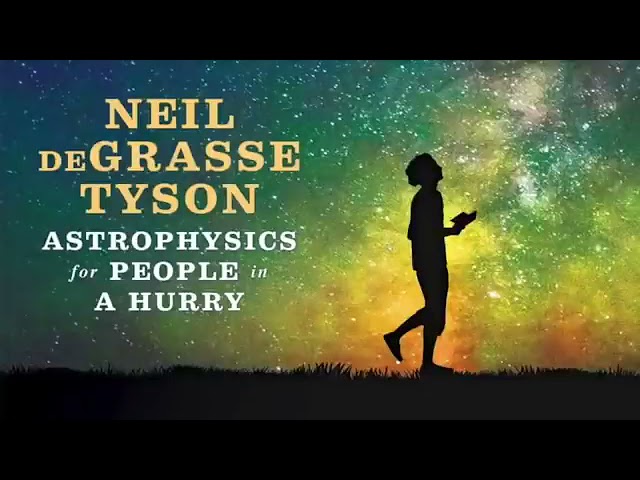
- Genre: Non-fiction/Science
- Pros: Offers accessible insights into complex scientific topics while maintaining clarity throughout presentations.
- Cons: Readers seeking deep dives into subjects might find this too simplified.
- Critical Reading Development: Develops curiosity about science through engaging explanations that encourage inquiry.
- Grade Level:10-12
- Areas Of Interest: Science, astronomy.
- Visual: Stars spiraling around a planet representing curiosity in science.
- Impact: Sparks interest in scientific inquiry essential for STEM fields.
Each book listed provides an opportunity not only to engage with complex ideas, but also to develop crucial skills necessary for critical reading—skills that are increasingly important in an information-rich world where discernment is key to navigating various texts effectively!
Conclusion: Empowering Students Through Reading

The impact of nurturing critical thinking skills through reading cannot be overstated. By engaging with the recommended titles from this list, students will not only expand their literary horizons but also sharpen their analytical capabilities—an essential tool for academic achievement and lifelong learning.
Why This Matters:
- Expands literary knowledge while enhancing critical thinking
- Provides diverse perspectives that challenge assumptions
- Cultivates effective communication skills
For librarians, this list serves as an invaluable resource for curating programs or reading groups that foster discussion and debate among young readers. By providing students with opportunities to express their thoughts on the themes explored in these texts, libraries become vibrant centers of learning where critical thinking is actively encouraged. Similarly, parents who integrate these readings into home discussions can foster a culture of inquiry and open dialogue with their children.

Long-Term Benefits for Students:
- Equips students to thrive in complex environments
- Enhances ability to articulate viewpoints clearly
- Prepares informed citizens for future challenges
Ultimately, this journey into critical thinking through literature equips students with the skills they need to navigate challenges thoughtfully and confidently. As they grow more adept at questioning assumptions and evaluating evidence presented in various contexts—from classroom discussions to real-world scenarios—they become more informed citizens.
By investing time in cultivating these skills through reading, both librarians and parents will empower the next generation to tackle challenges head-on.
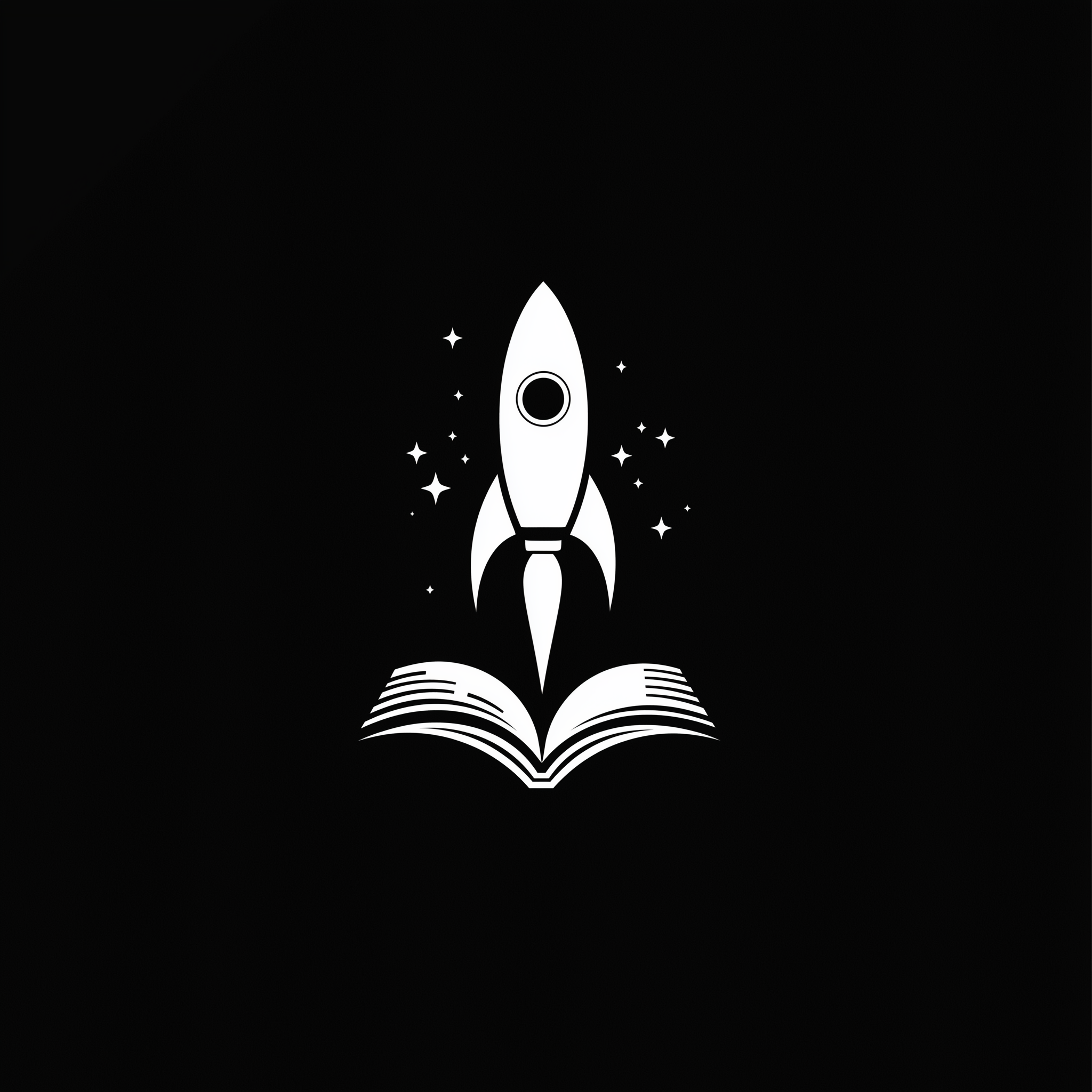

Leave a Reply